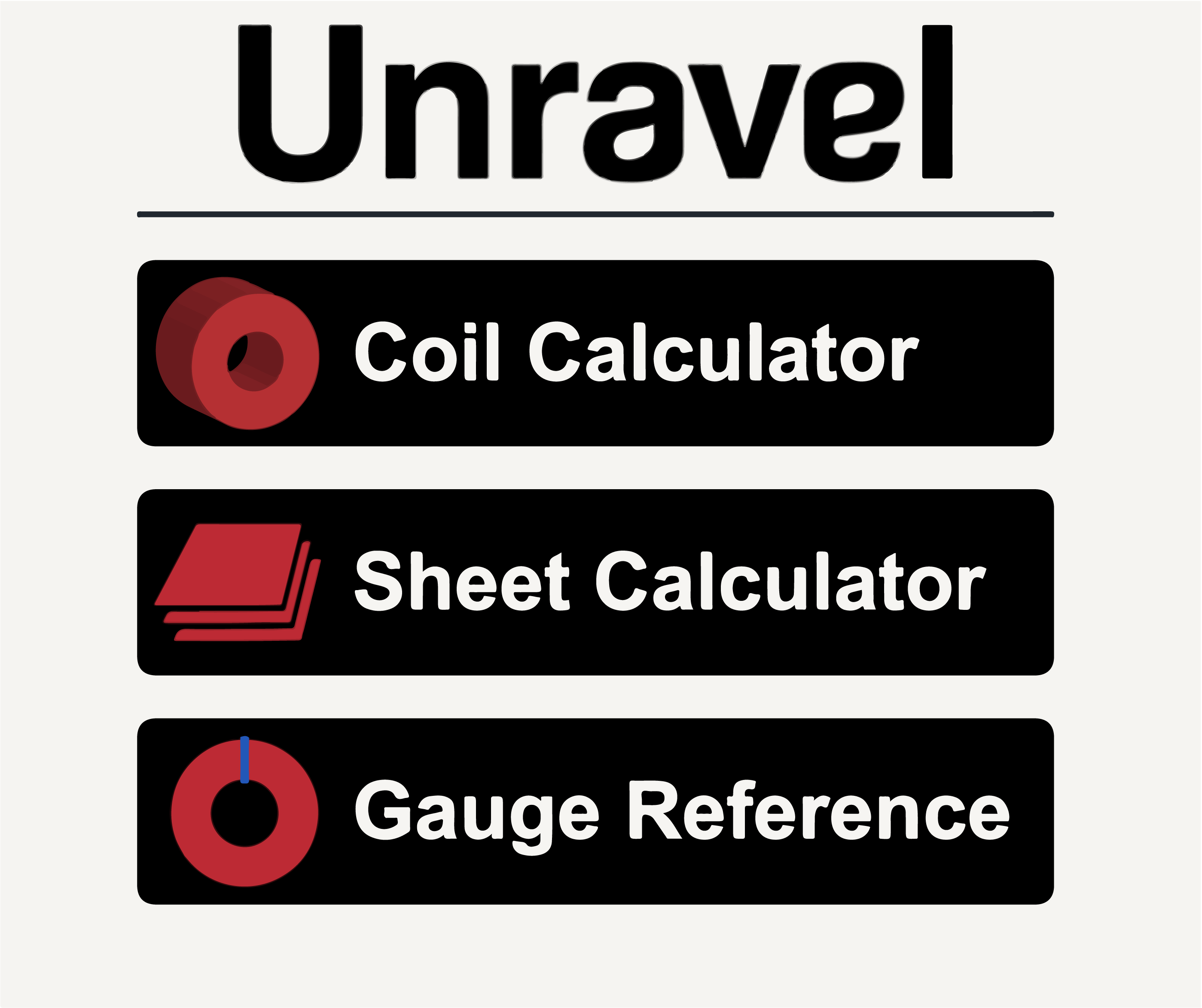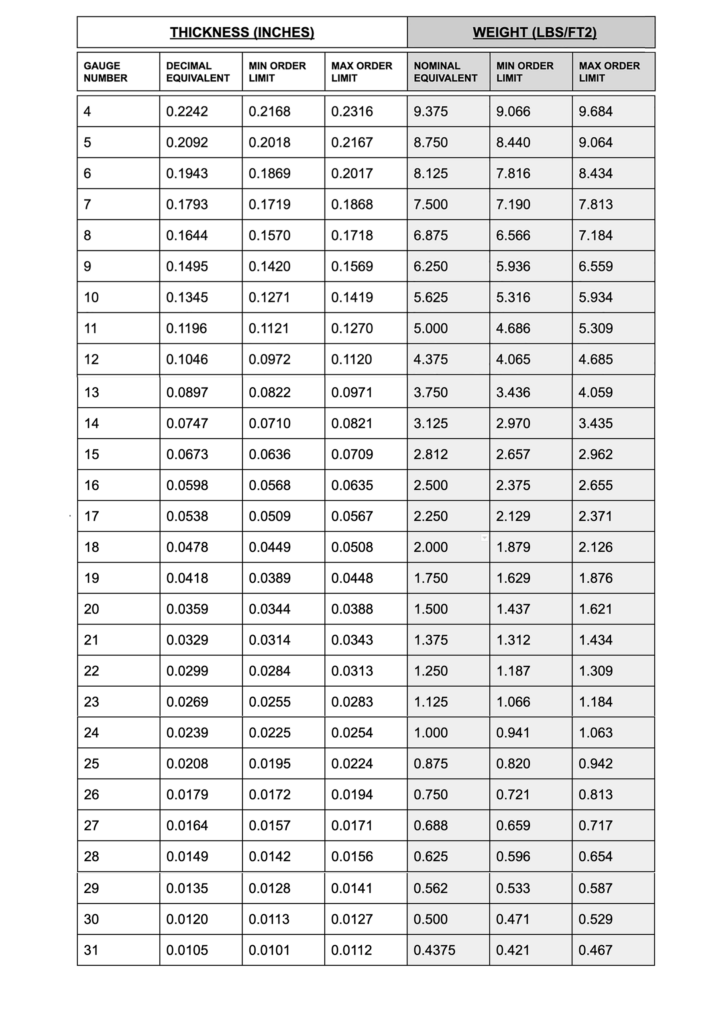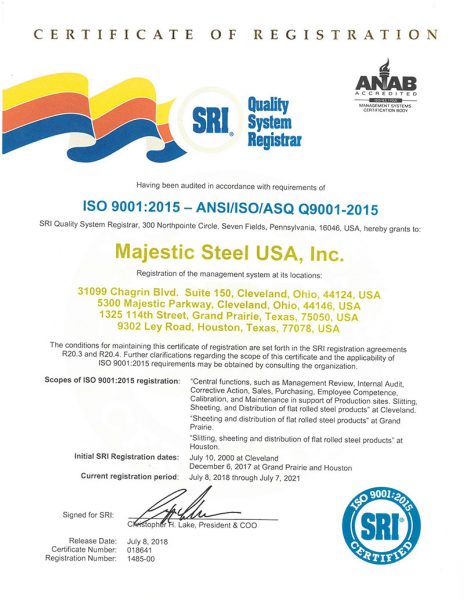Buying Better: The Definitive Cold Rolled Steel Gauge Chart
Looking to optimize your steel product supply and make the most out of every purchase of cold rolled material?
Oftentimes a small tweak in gauge size can increase your raw material yield and remove costs from the fabricating process of your product.
Unfortunately, gauge measurements are not universal across coated and uncoated steel materials. This makes it imperative to reference the right information when calculating your ideal product order or testing new steel dimensions. That’s why we provided a definitive Cold Rolled Steel Gauge Chart below.
Use it to double check your purchases, make product calculations, and ensure you’re buying the right thickness of steel for your business, every time.
The Transformative History of Cold Rolled Steel
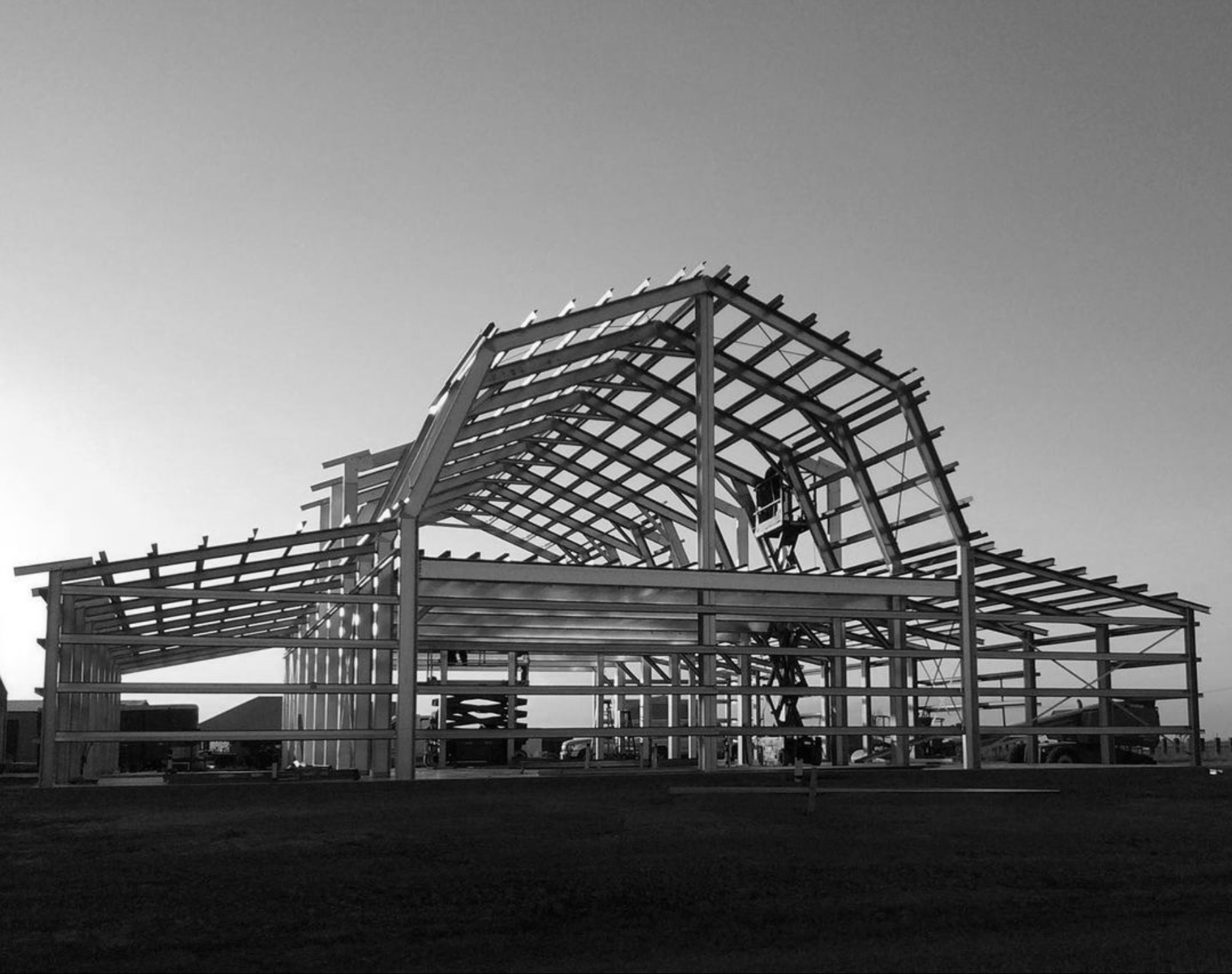
Cold-formed steel was first used in framing and construction around the 1850s, both domestically in the United States and abroad in Great Britain. One of the first documented uses of cold-formed steel was the Virginia Baptist Hospital in Lynchburg, Virginia that was built around 1925.
Due to lack of design standards and little to no information on the product, acceptance of the material was limited until the 1940’s when Lustron Homes built and sold almost 2,500 steel-frames homes, with the framing, finishes, cabinets and furniture made from cold-formed steel.
Cold-formed steel framed construction and homes are known for their longevity, strength, and resistance to harsh elements. This makes them ideal for even the most extreme environments and a notable sign of quality construction.
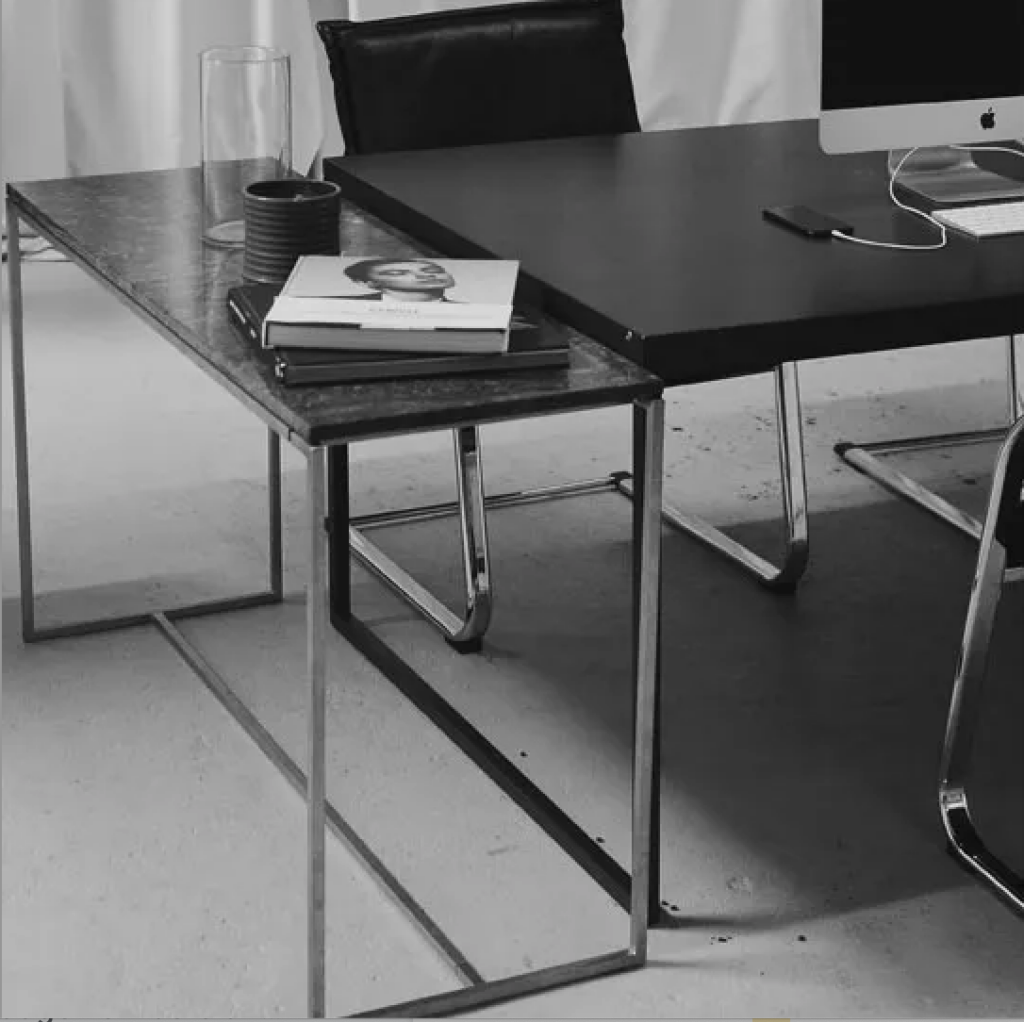
Today, cold rolled steel is widely recognized and coveted for its advantageous properties in a variety of end use consumer applications. With its precise dimensions, tolerances, and better surface qualities, it’s the perfect material for:
- Metal furniture
Structural parts
Home appliances
Water heaters
Metal containers
Fan blades
Frying pans
Computer cabinets
Among other uses
Cold Rolled Steel gets its advantageous properties through the cold rolled process. It takes hot rolled steel and uses cold reduction mills. The material is cooled at room temperature and followed by annealing and/or temers rolling to finish.
Inquire about Cold Rolled Steel
How to Read & Understand Steel Gauge Charts: They Are Not All The Same
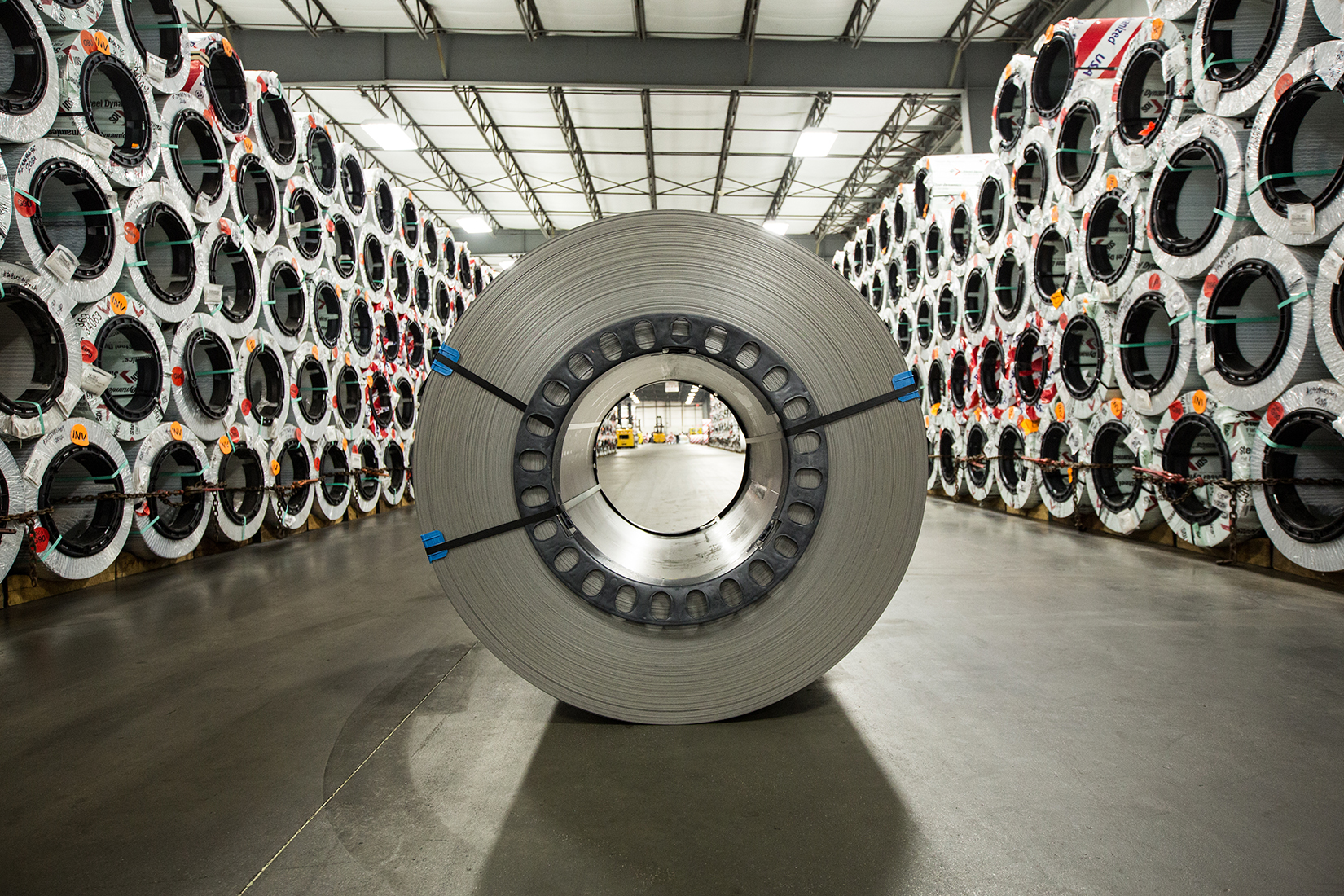
The first and most important rule of reading and understanding a steel gauge chart is using the right one. Meaning coated steel gauges like galvanized are vastly different from uncoated steel like hot rolled and cold rolled gauges.
Standard gauge numbers and sizes were developed based on the weight of the sheet for a given material and coating. The equivalent thicknesses differ for each gauge number. You must use the specific gauge chart for each material to learn the right thickness.
So, in this case, you’ll need the Cold Rolled Gauge Chart.
Now that you have the right chart, it’s time to understand how it’s measured. Gauges are different from other measurement units such as inches or centimeters. That’s due to there being no universal thickness measurement for metal during the 19th century.
The British iron wire industry adopted metal gauges over other traditional units like inches as the primary unit of measurement, and thus it’s become the standard for the steel industry, being used across sheet metals.
When looking at a gauge chart, the key to understanding it, including our cold rolled chart, is to look at the number. Gauges range from 3-31, each has a specific thickness assigned to it for the material based upon its weight.
The general rule across all gauge charts is the larger the number, the thinner the steel. The inverse is also true, as the gauge number gets lower, the thicker the steel gets. But, those numbers do not give you specific dimensional values. Follow the chart for the exact numbers you need.
If you’re looking for an even simpler solution to understanding the correct gauge, weight, width, and measurement conversions of any steel product, use our steel calculator Unravel.
Whether calculating gauges for cold rolled, hot rolled, and coated materials, looking for sheet metal or coil measurements, or just looking for unit conversion to inches and pounds, Unravel does the work for you.
Your Complete Cold Rolled & Uncoated Steel Gauge Chart: By Thickness & Weight
If you’d like to see all of the items at once (instead of the Unravel tool above), you can use the chart below to identify the exact values of each gauge of cold rolled material.
Translating gauge number into thickness in inches happens by the decimal. The chart also provides the nominal weight in pounds you’ll be purchasing. These numbers will ultimately help you calculate the ideal thickness for use when fabricating your product.
Understanding the Gauge Chart for Galvanized & Coated Steel
Now that we’ve talked about Cold Rolled & Uncoated Steel, we’re going to also discuss Galvanized & Coated Steel.
Using the right gauge chart when identifying the thickness of any coated metal, like zinc coated galvanized steel, is paramount. Uncoated material gauges such as cold rolled and hot rolled steel do not translate to coated materials. Minor adjustments to your product fabrication formulation can make a major difference in your bottom line through removed costs and increased yield.
That’s why we’ve also included a definitive steel gauge chart for coated materials such as galvanized sheet metal and coils.
Learn more about the steel we stock
Corrosion Resistant Galvanized Steel Sheets & Coils
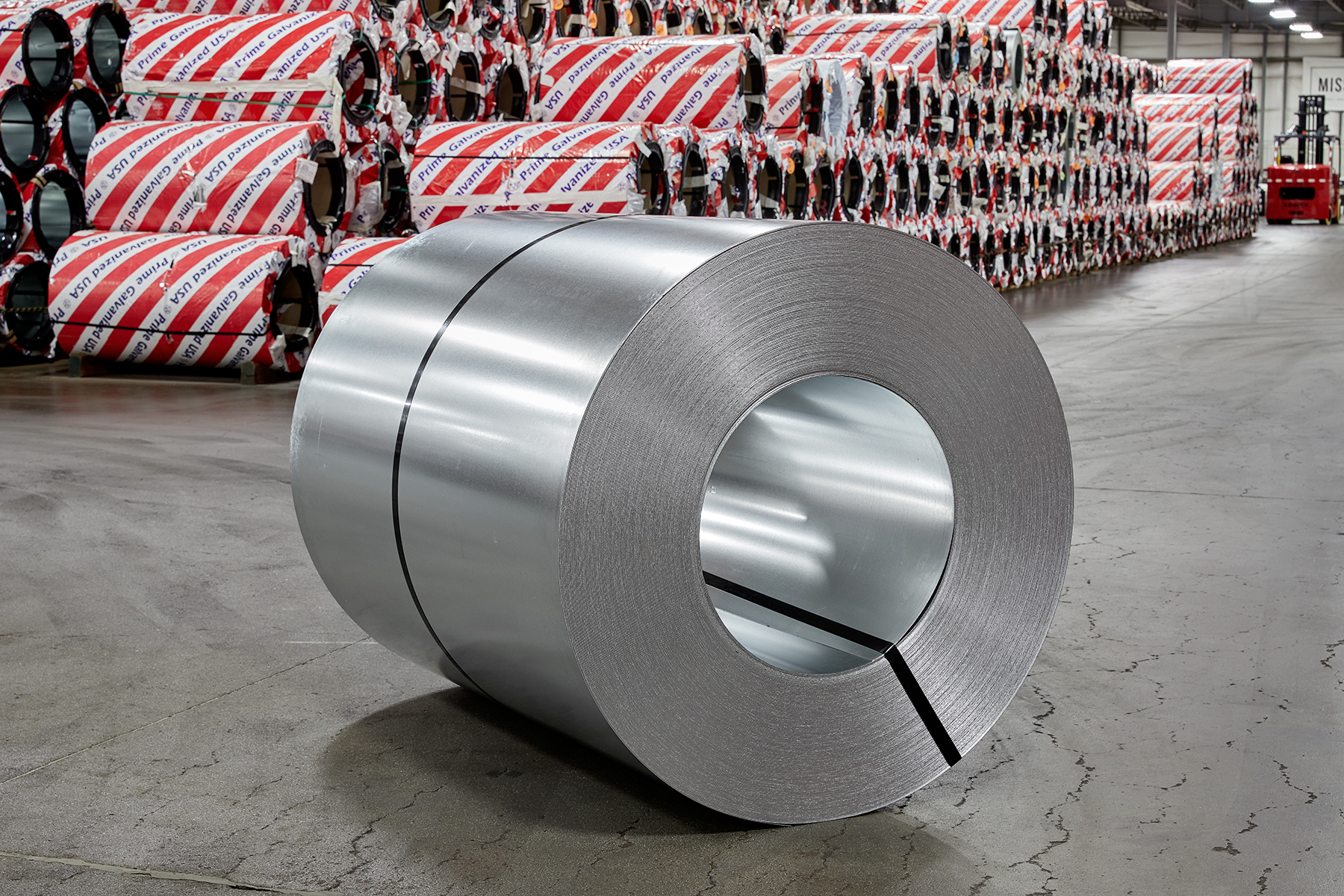
Galvanized steel is the result of applying a protective zinc coating to steel to prevent it from rusting. The coating is used to prevent corrosive substances from reaching the metal underneath and stop the formation of rust.
Galvanization is important because it provides long-lasting protection for steel. You can tell when metal is galvanized because the zinc makes a distinctive pattern on the metal called “spangle.” Galvanized steel sheet and coils are often used by HVAC and construction manufactures.

The Definitive Galvanized Steel & Coated Steel Gauge Chart: By Thickness & Weight
Use this chart to identify the exact values of each gauge of galvanized and coated steel material. Translating gauge number into thickness in inches by the decimal. It also provides the nominal weight in pounds you’ll be purchasing. These numbers will ultimately help you calculate the ideal thickness for use when fabricating your product.
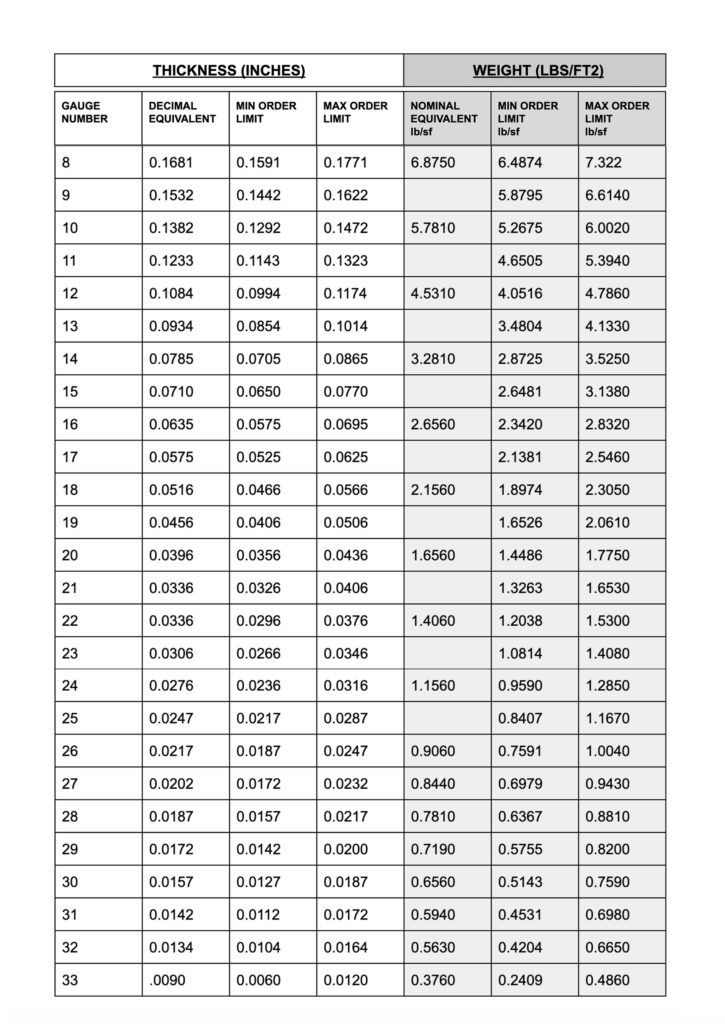
We Take on the Risk. You Keep Building.
Majestic Steel strategically stocks a wide variety of steel types, gauges, and coatings. Keeping it on hand and ready to ship to our customers.
Our inventory approach frees up cash flow for customers, valuable space on production floors, and allows us to manage price and volatility of the market for them. Earning us our customer first reputation.
Majestic stocks prime flat rolled steel sourced from all qualified domestic and fair-trade suppliers. Processed to meet your needs, we offer standard stock coils and sheets as well as custom sizes made to order. With plant locations across North America, we provide our partners just in time delivery, localized service, and national reach.


